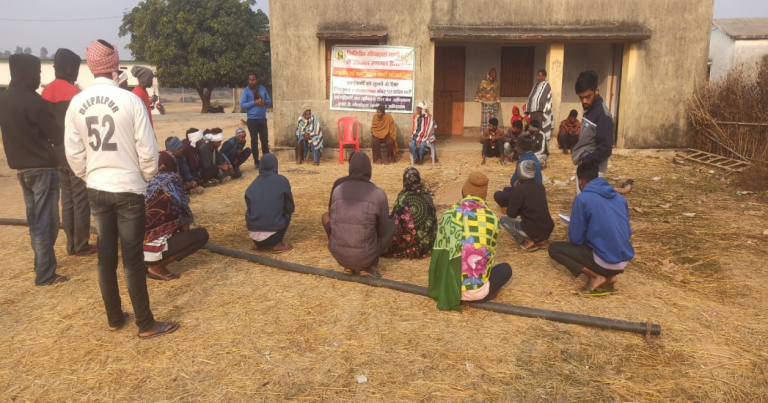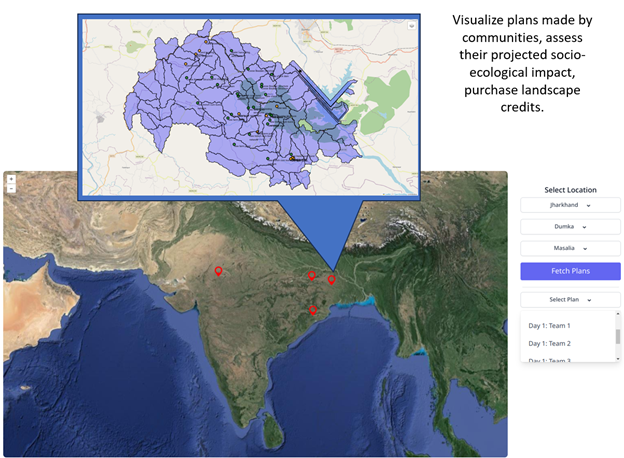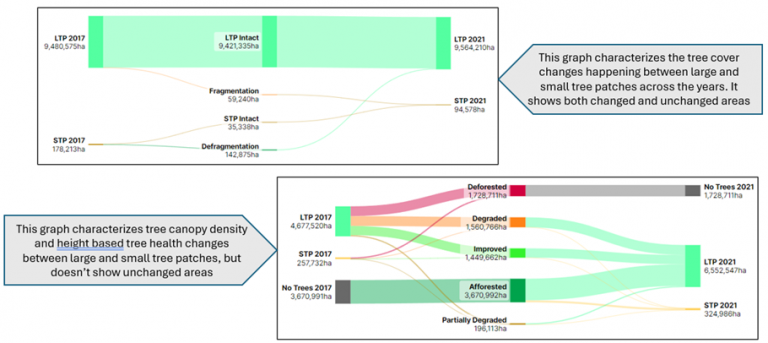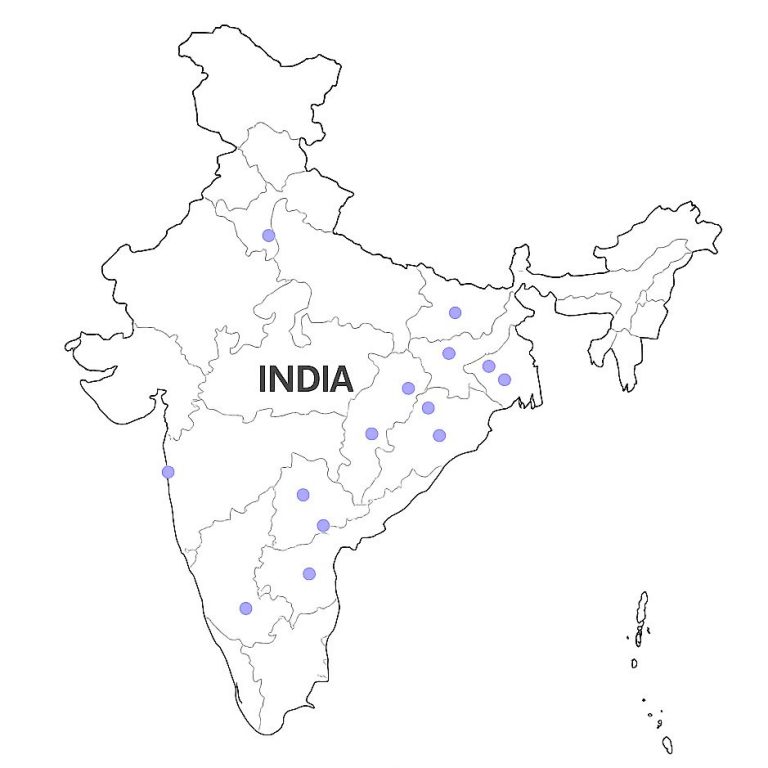Restoration sites are typically identified using expert-defined rules on land use, elevation, rainfall, etc., or through change detection from historical maps. However, these methods can be limited by the generalizability of rules which may need to be defined again and again for different contexts to handle variations in eco-regions, vegetation, social dynamics, etc. We propose a bottom-up approach where anyone can build these rules: starting with a reference site where restoration may be ongoing, our methodology enables you to discover various ecological and social variables about this site, and identify other sites similar to it. This example-driven method may help localize and refine restoration logic more effectively than broad, top-down rules
We have so far brought together datasets on rainfall, elevation, terrain, fire occurrences, land degradation, low biomass areas (called wastelands in the Government of India terminology), change detection, and land-use and land-cover, from the CoRE stack or other sources. For a given location, users can overlay these datasets and find the rainfall, elevation, etc. values at the location. They can then define ranges around these values and our application helps identify areas corresponding to these value ranges. Thus, using a reference site, the application helps identify other sites similar to it. The parameters can be modified interactively and we are coming up with features to also save the final values for reuse later.
See this demo below of the application to help build rules. The map on the left is to help build rules, the map on the right is to apply the rules to identify sites, and the control panel lists out a step by step process to do this activity.
See this demo below of an accompanying application where rules have been built for a few sites (validation process underway). Select a site and see how the different geospatial layers stack up to help define the parameters of the restoration site, and come together to highlight areas that are similar to it and should be investigated for restoration potential.
See this deck of the overall methodology.
We are still refining and improving the application and getting feedback. Please write to us at contact@core-stack.org with any feedback and suggestions, and if you would like to work with us to build rules for your restoration site then fill this form.
Authors: Apoorva Dewan, Ojasvi Bansal, Raman Kumar, Aaditeshwar Seth. Indian Institute of Technology Delhi.





